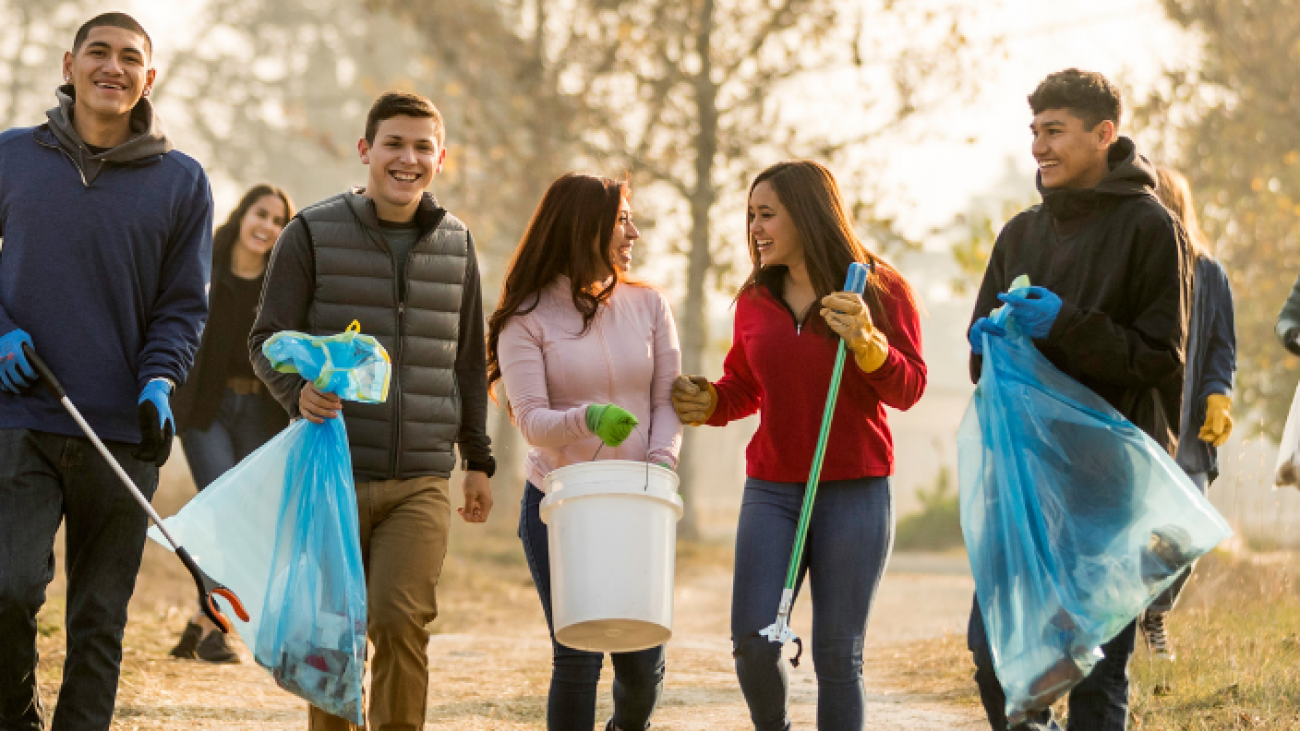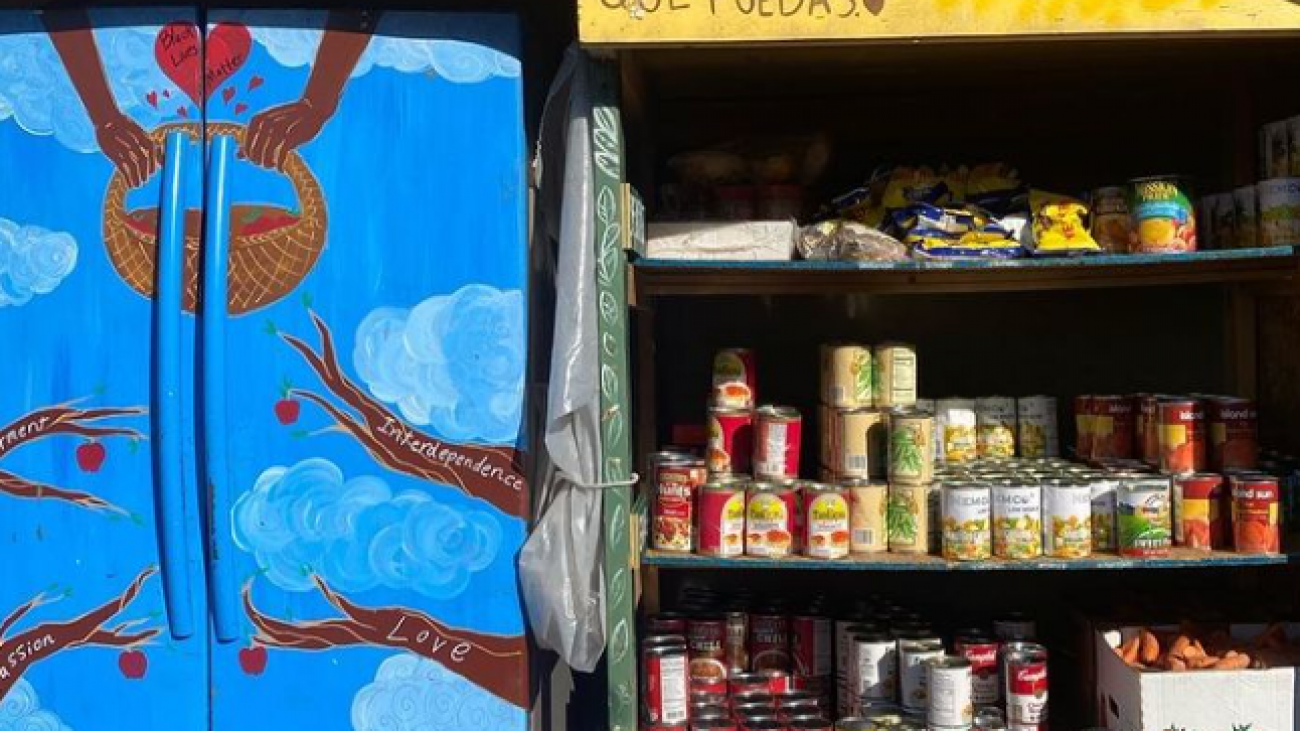In the ever-evolving landscape of education, parents and homeschooling educators are continually seeking ways to enhance their children’s learning experiences. One powerful approach gaining momentum is service learning. It’s not just about books and tests; it’s about applying knowledge to real-world situations, fostering empathy, and making a positive impact in the community. Today, we’ll explore five quick service learning activities that can easily be incorporated into your homeschooling routine.
What is Service Learning?
Before diving into the activities, let’s define what service learning is. Service learning is an educational approach that integrates meaningful community service with academic learning. It goes beyond traditional classroom instruction and engages students in active, experiential learning that benefits both them and their community. It’s about turning lessons into actions, promoting empathy, and nurturing responsible citizens.
Activity 1: Operation Gratitude – Spreading Positivity Through Thank-You Cards
Operation Gratitude is a heartwarming activity that teaches children about gratitude and the power of giving back. Your child can create thoughtful thank-you cards for local healthcare workers, firefighters, or other community heroes. To implement this activity:
- Materials Needed: Colorful paper, markers, stickers, and glue.
- Instructions: Encourage your child to design personalized thank-you cards, adding drawings, messages, and decorative elements.
- Facilitation Tips: Engage in a discussion about the importance of gratitude and how small acts of kindness can brighten someone’s day.
Activity 2: Community Cleanup Crew – Environmental Stewardship in Action
This hands-on activity instills a sense of environmental responsibility. Gather your child and embark on a community cleanup adventure. It’s an opportunity to learn about environmental conservation while making a tangible impact in your neighborhood. To implement this activity:
- Materials Needed: Gloves, trash bags, and a willingness to make a difference.
- Instructions: Pick a location in your community that needs cleaning and involve your child in the process.
- Facilitation Tips: Discuss the importance of keeping our environment clean and how their actions contribute to a healthier planet.
Activity 3: Storytelling for Change – Empathy Through Personal Narratives
Storytelling has the power to inspire change. Encourage your child to craft narratives that highlight social issues or personal experiences. By sharing their stories, they not only improve their writing skills but also cultivate empathy and awareness of important societal topics. To implement this activity:
- Materials Needed: Writing supplies and a creative mind.
- Instructions: Help your child brainstorm ideas for a story with a meaningful message. Encourage them to write and illustrate their narrative.
- Facilitation Tips: Discuss the impact of storytelling in creating awareness and empathy.
Activity 4: Sharing Is Caring – Acts of Kindness in the Community
Teach your child the joy of giving by engaging in random acts of kindness. Whether it’s helping a neighbor, donating to a food bank, or delivering care packages, these actions promote empathy, compassion, and a sense of community. To implement this activity:
- Materials Needed: Items for acts of kindness (e.g., food items, care package supplies).
- Instructions: Plan and execute acts of kindness as a family.
- Facilitation Tips: Talk about the significance of kindness in building strong communities.
Activity 5: Environmental Heroes – Green Initiatives for a Better Future
In this activity, your child can take the lead in a green initiative. It could involve starting a recycling campaign, planting trees, or participating in community gardening. By actively contributing to environmental preservation, they learn about sustainability and civic responsibility. To implement this activity:
- Materials Needed: Depending on the chosen initiative (e.g., gardening tools, recycling bins).
- Instructions: Plan and execute the chosen green initiative.
- Facilitation Tips: Discuss the importance of environmental conservation and how small actions can lead to positive change.
Case Study: Meet the Miller Family
The Miller family, a homeschooling household, embarked on a journey of service learning, and their experiences are a testament to its transformative power. Their homeschooling journey became a holistic experience, nurturing responsible citizens who understand the value of service. Read more about their journey!
Service learning ignites a love for learning, fosters empathy, and empowers children to make a positive impact on their communities. Incorporating these quick activities into your homeschooling routine can transform education into an adventure of personal growth and community impact.
Share Your Service Learning Journey!
We’d love to hear about your experiences with service learning or any ideas you have related to it. Share your stories and ideas in the comments below, and let’s inspire each other on this wonderful educational journey.
Ready to dive in? Download our free guide, “Guide to Getting Started with Service Learning,” to explore even more enriching experiences for your homeschooling journey. Download Guide







